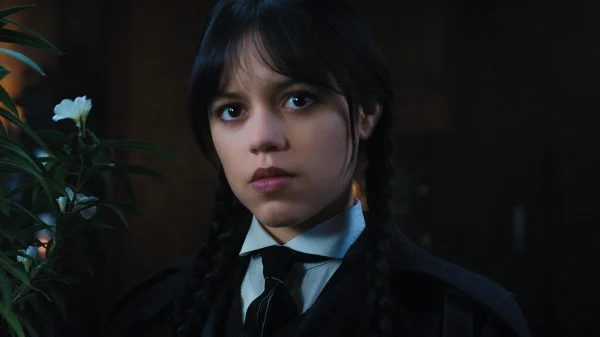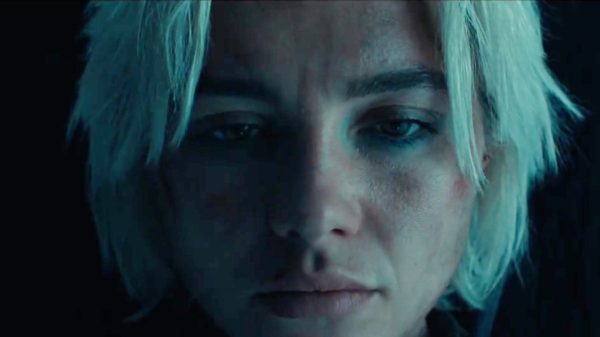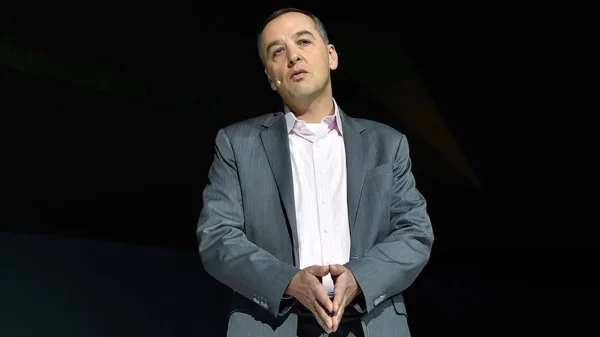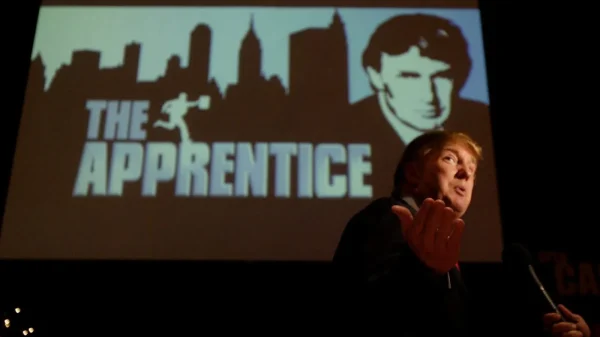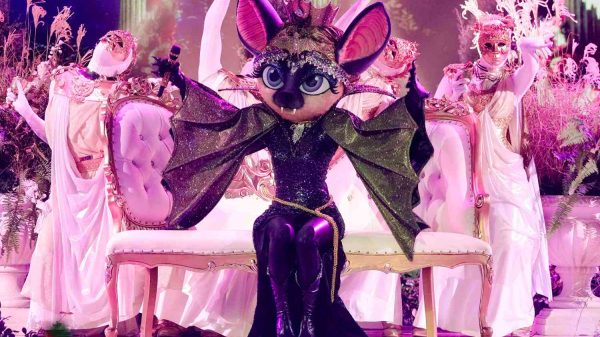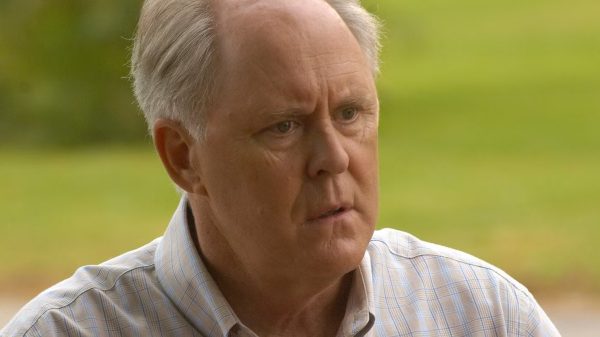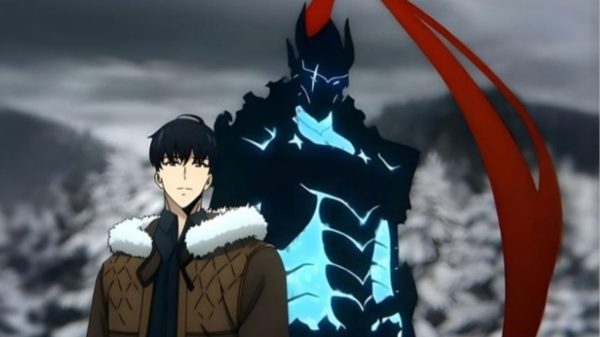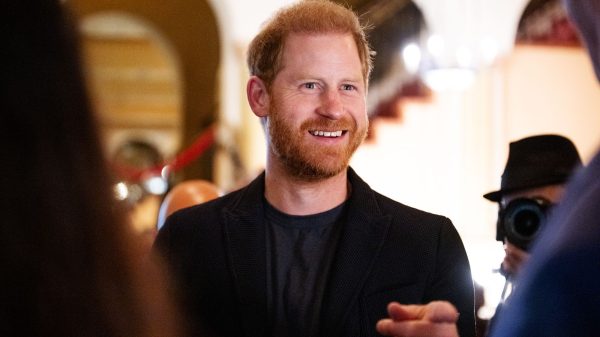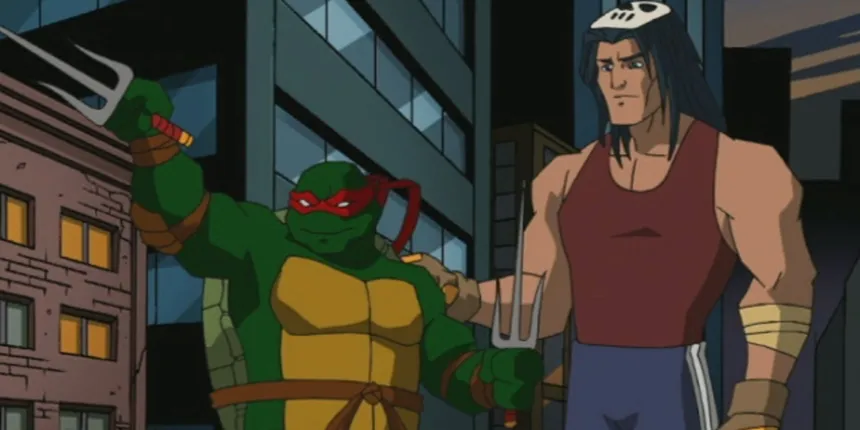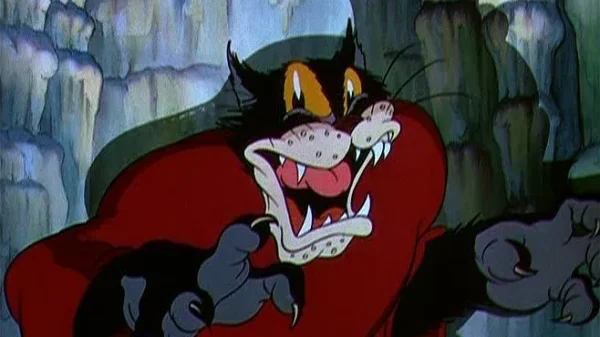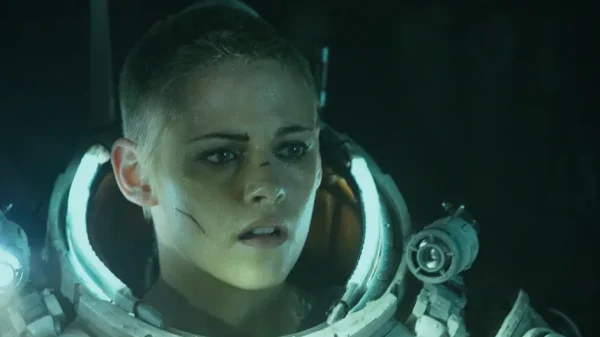The 4Kids Entertainment animated series of Teenage Mutant Ninja Turtles, released in 2003, took a darker and more mature approach to the franchise. The show’s writers and voice actors had the opportunity to showcase their talent with long-form storytelling and character development. Over seven seasons, the show adapted many stories from the original comic book series, including several multi-part episodes that received praise for their storytelling and action.
One of the standout story arcs is “Turtles in Space,” which opens season two with a more light-hearted science fiction adventure. The turtles travel to the planet D’Hoonnib, where they meet Professor Honeycutt, a scientist trapped in an android body. Despite its apparent randomness, the story has a significant impact on the series, introducing characters who become important later on.
The second season also includes “Secret Origins,” a multi-part episode that reveals the history of the Utroms, a race of alien squids who oppose the Shredder. The episode explains many mysteries in the show, including the mysterious guardians who helped the turtles in the previous season. The story also features a ticking clock as the Utroms try to free the turtles and flee the planet.
Another notable storyline is “Words Collide,” a three-part episode that wraps up the Triceratron and Federation conflict. The episode sees Honeycutt make a sacrifice to end the war, and also establishes Bishop as a major antagonist. Bishop’s character is showcased as intelligent and physically powerful, leaving a lasting impact on the series.
Season four’s “Good Genes” is a personal and emotional story that affects the turtles on a deep level. Donatello mutates again and is given only days to live, prompting the turtles to go to Bishop for help. Bishop agrees to cure Donny in exchange for an artifact called the Heart of Tengu, starting a mystical plot in season five.
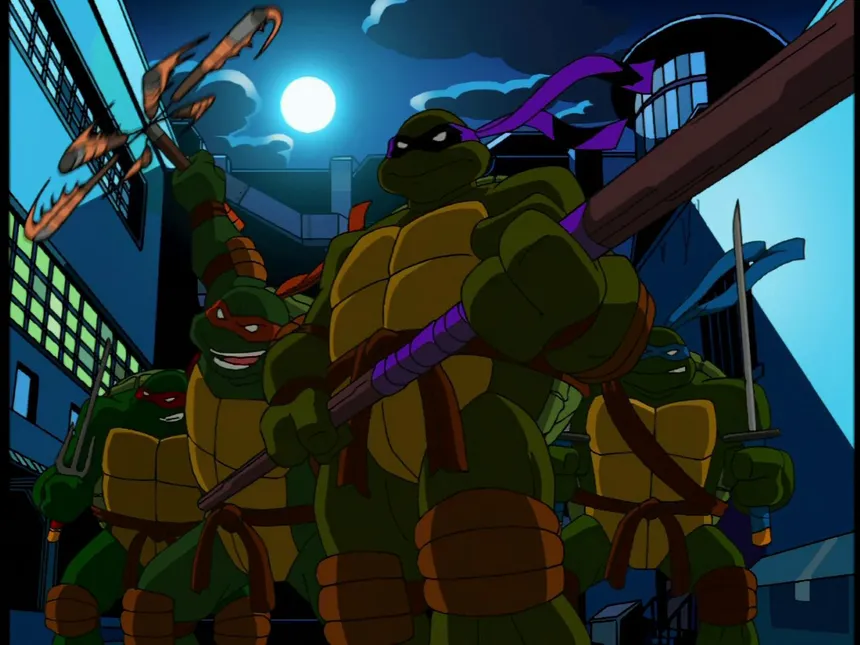
A Still From Teenage Mutant Ninja Turtles 2003 Show (Photo: Teenage Mutant Ninja Turtles)
The show also explores complex themes, such as the consequences of war in “City at War.” The episode sees the turtles divided on whether to quell the violence between the Foot, the Purple Dragons, and the Mob, and features a dramatic showdown between Leonardo and Raphael.
The 2005 episode “Exodus” is a highlight of the series, with the turtles launching an assault on the Shredder’s starship to stop him from attacking the Utrom homeworld. The episode has an emotional weight, with the turtles giving everything they have to stop the Shredder and suffering heavy losses.
Other notable episodes include “Big Brawl,” which sees the turtles compete in an interdimensional tournament, and “The Shredder Strikes,” which establishes the Shredder as the turtles’ greatest foe. The series finale, “Return to New York,” is a thrilling conclusion to the first season, with the turtles assaulting the Shredder’s base and facing off against him once again.
The 4Kids Entertainment series of Teenage Mutant Ninja Turtles offers a darker and more mature take on the franchise, with complex characters and storylines that showcase the writers’ talent.

